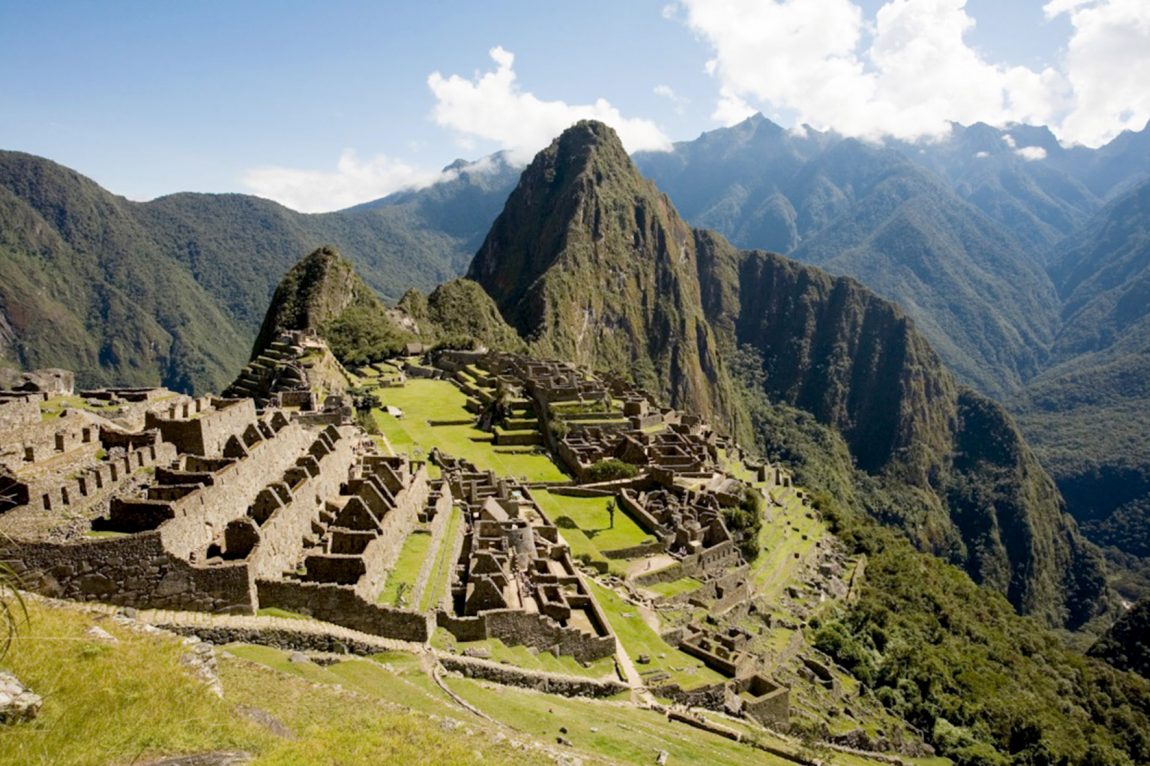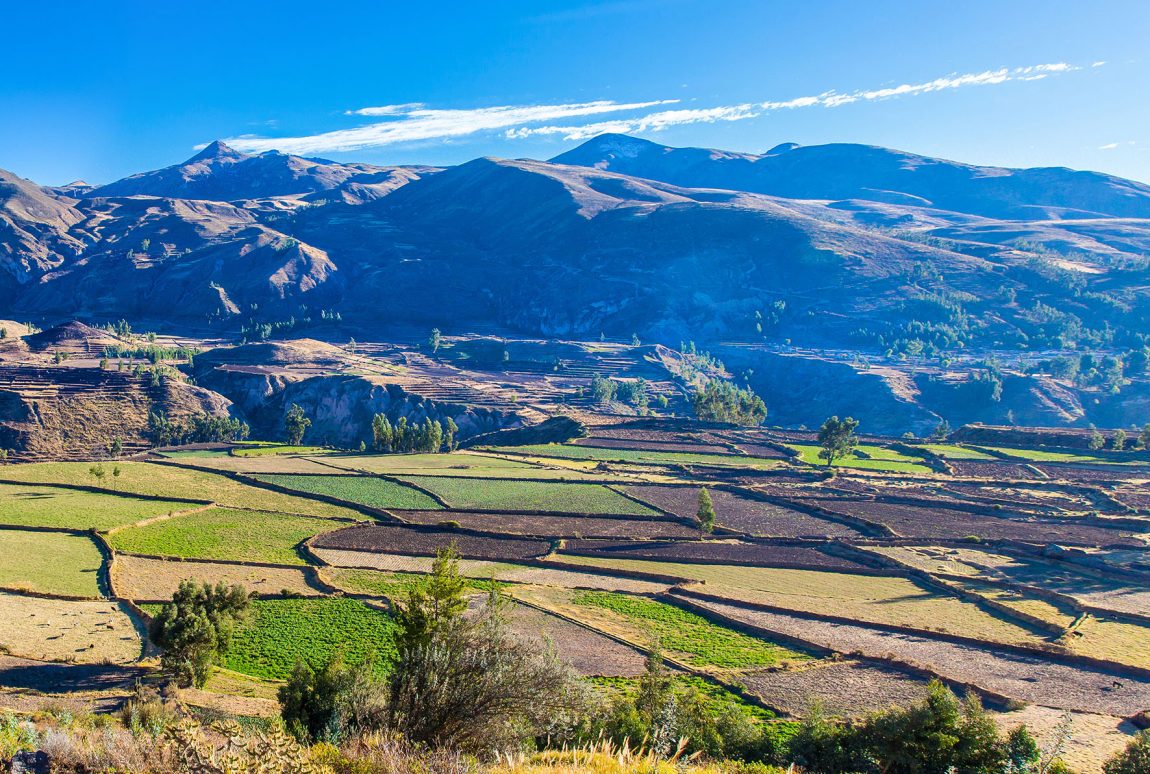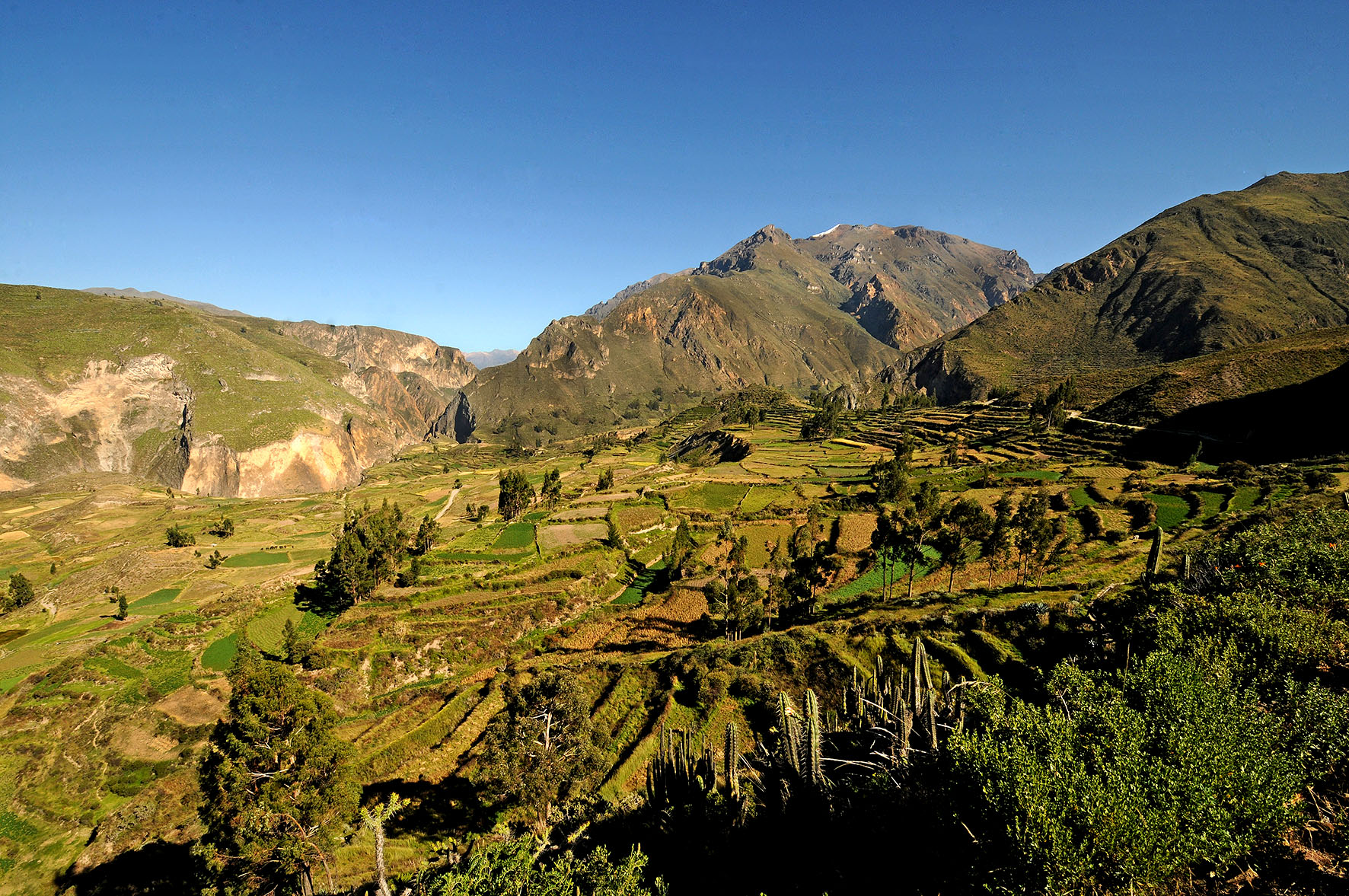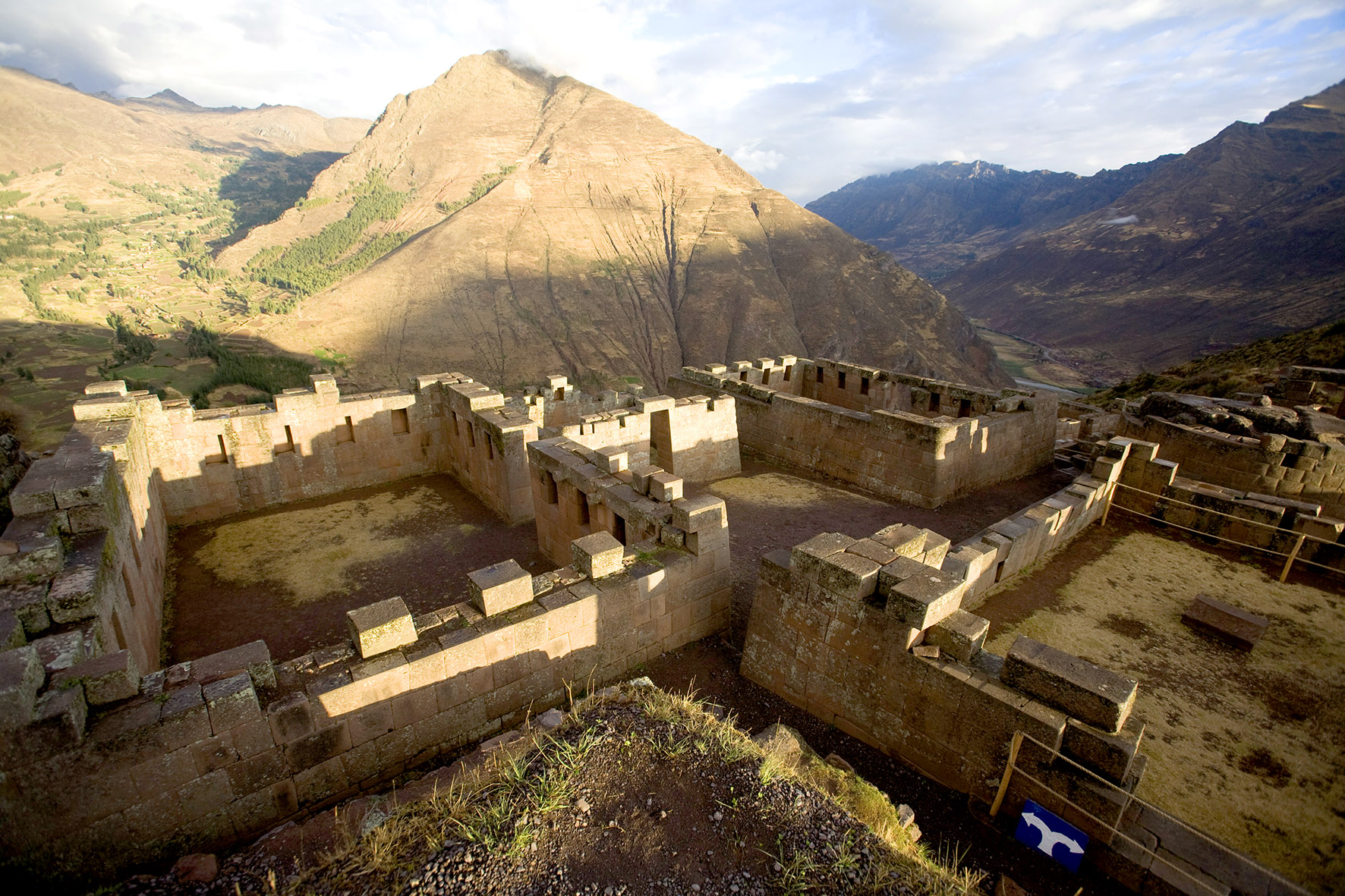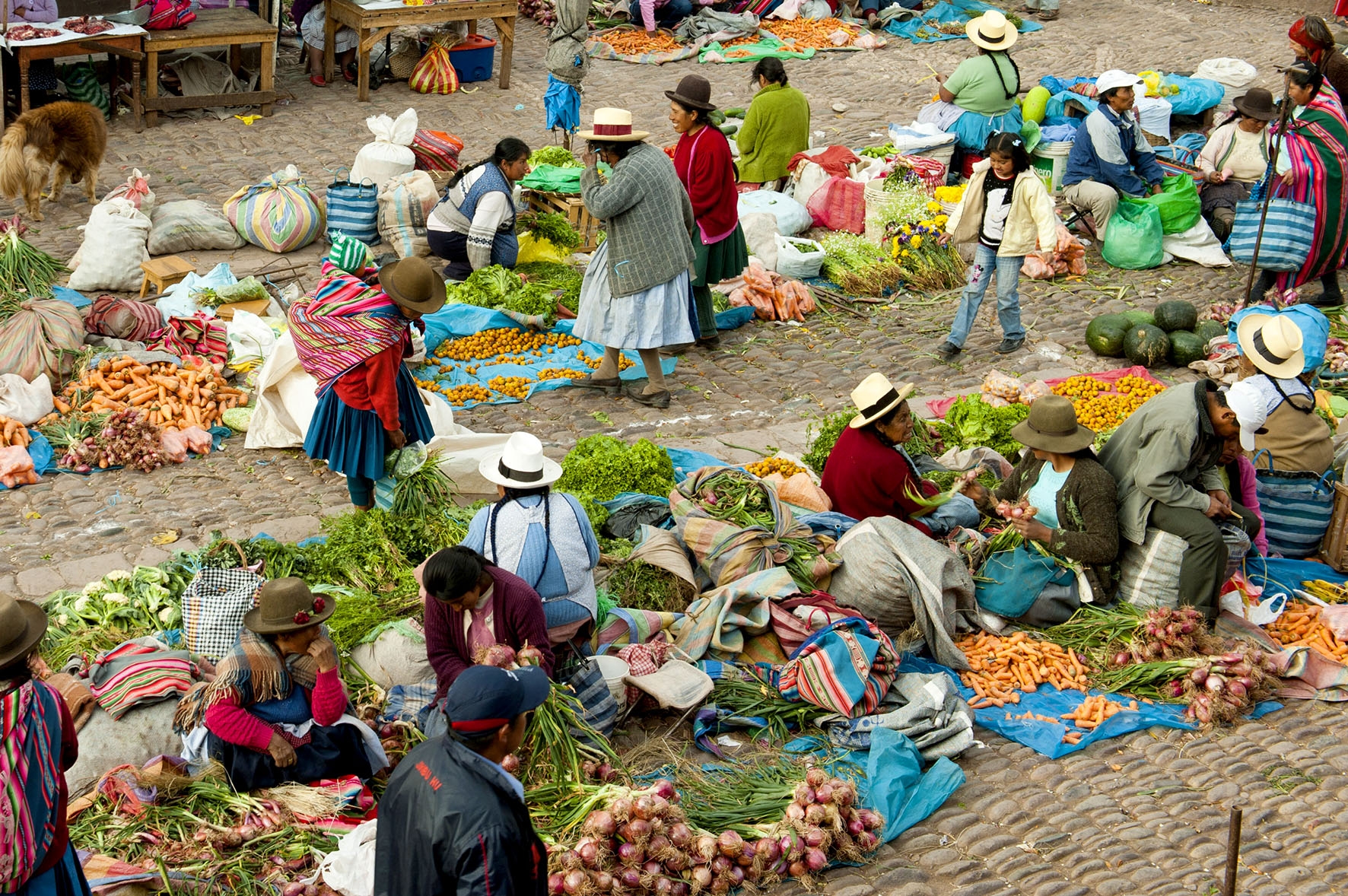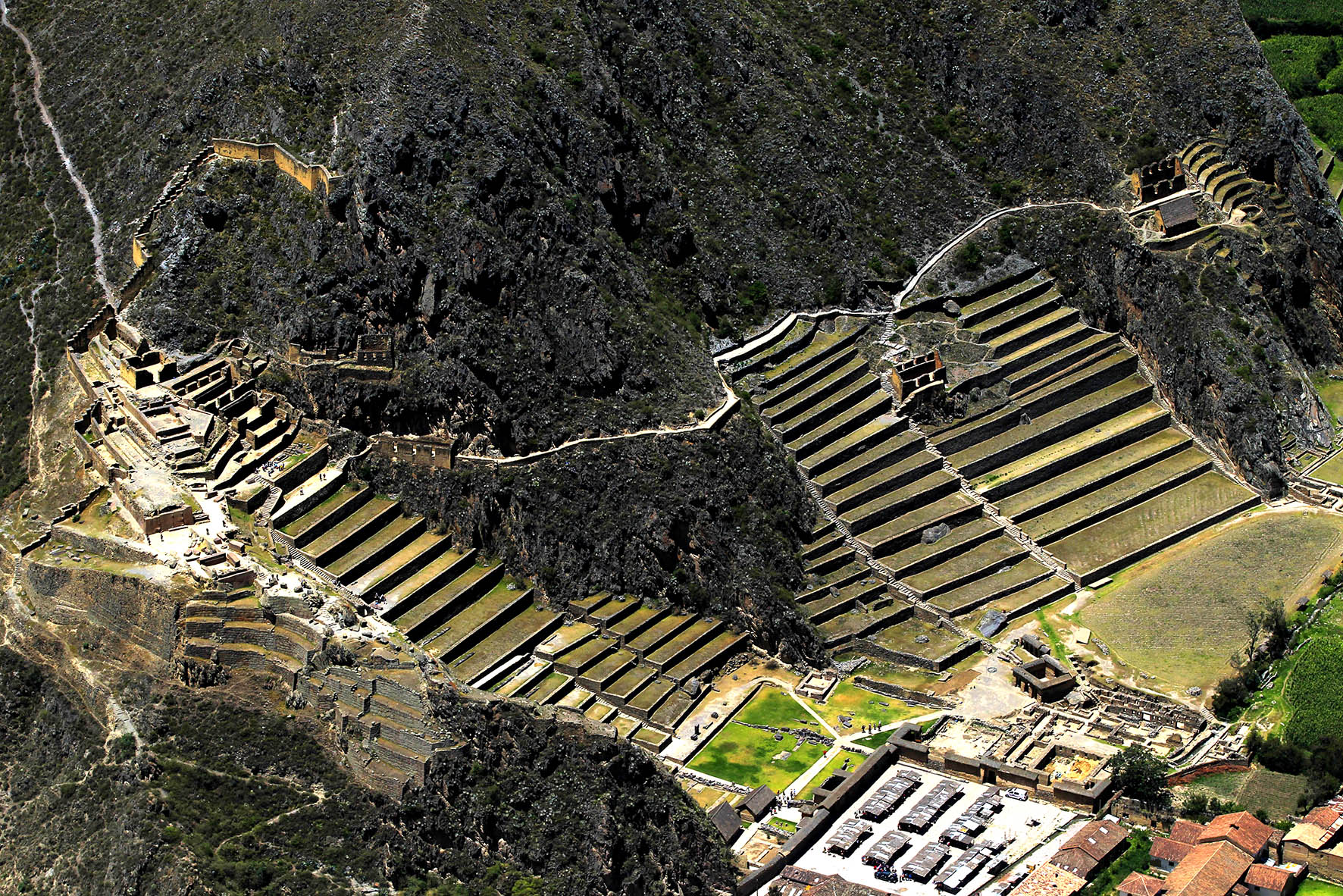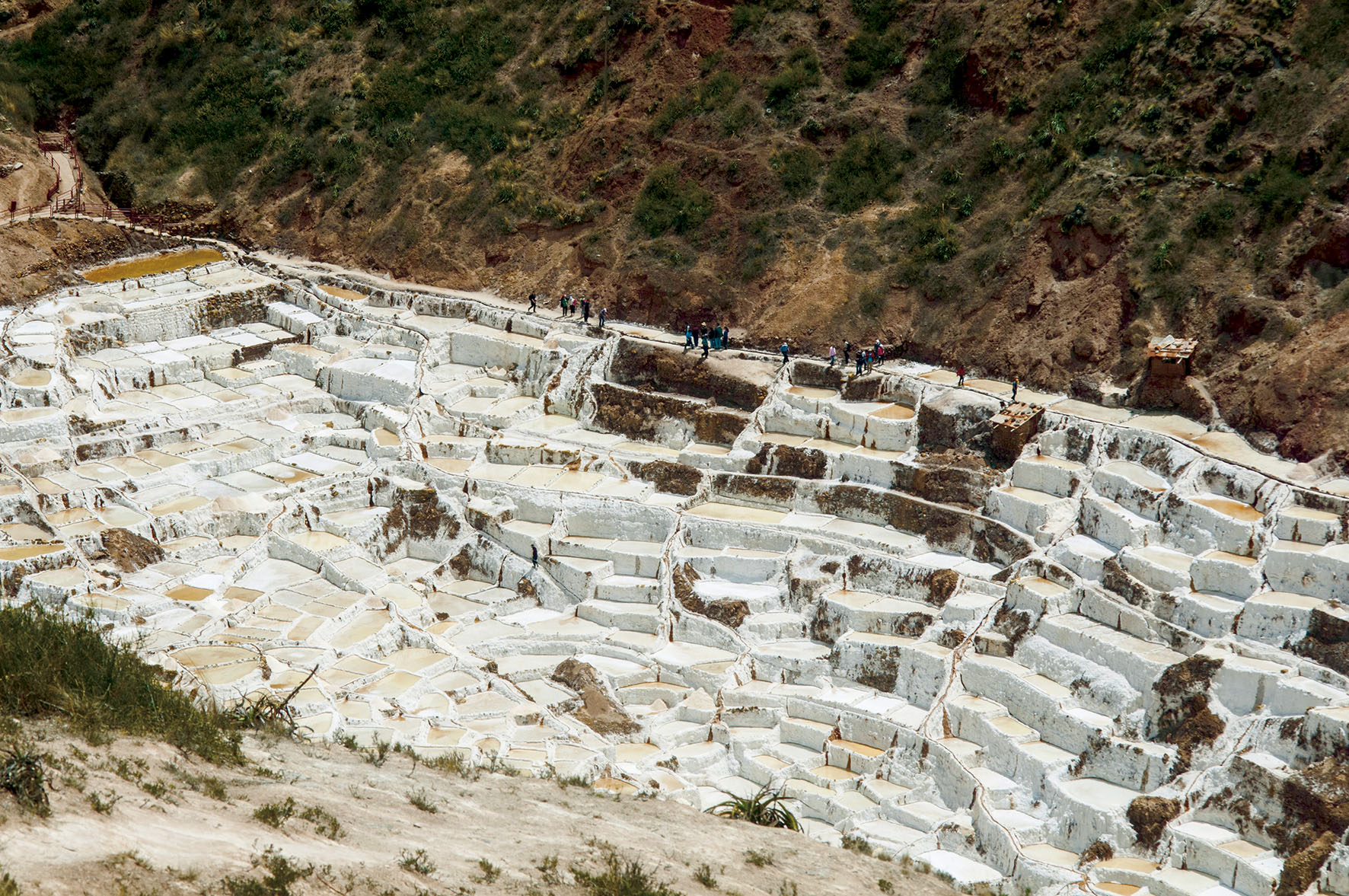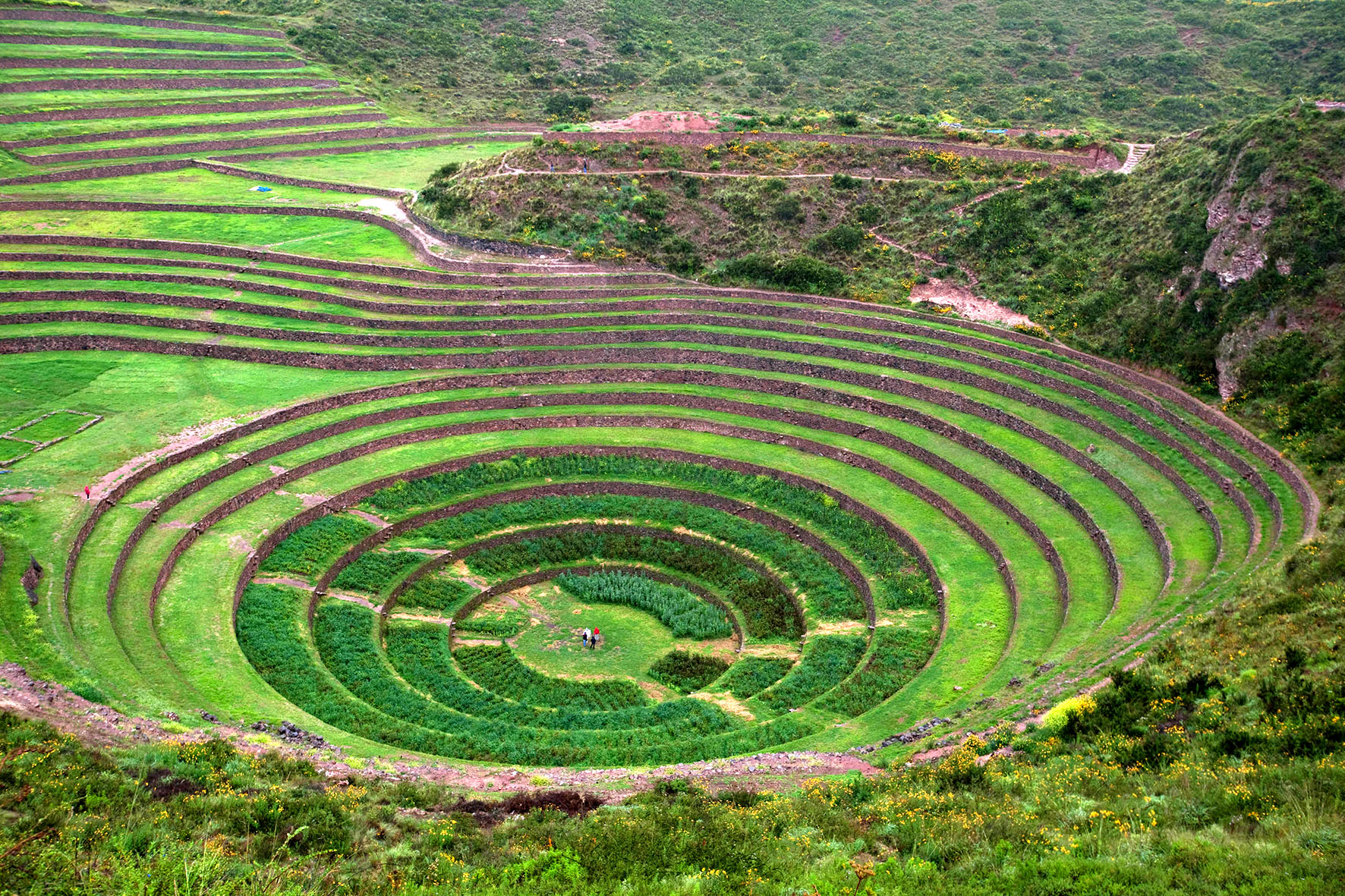I often receive so many emails regarding the new rules to enter Machu Picchu citadel and the different types of entry tickets available; a big change has been made by the Peru’s Ministry of Culture throughout the Ministerial Resolution No. 070-2007-MC since April 2017. The new resolution entered into force in July 2017 and from that moment a bit of confusion arises from this change for Machu Picchu visitors. Here I try to summarize the main new rules for visitors and the entry tickets available in the clearest way possible.
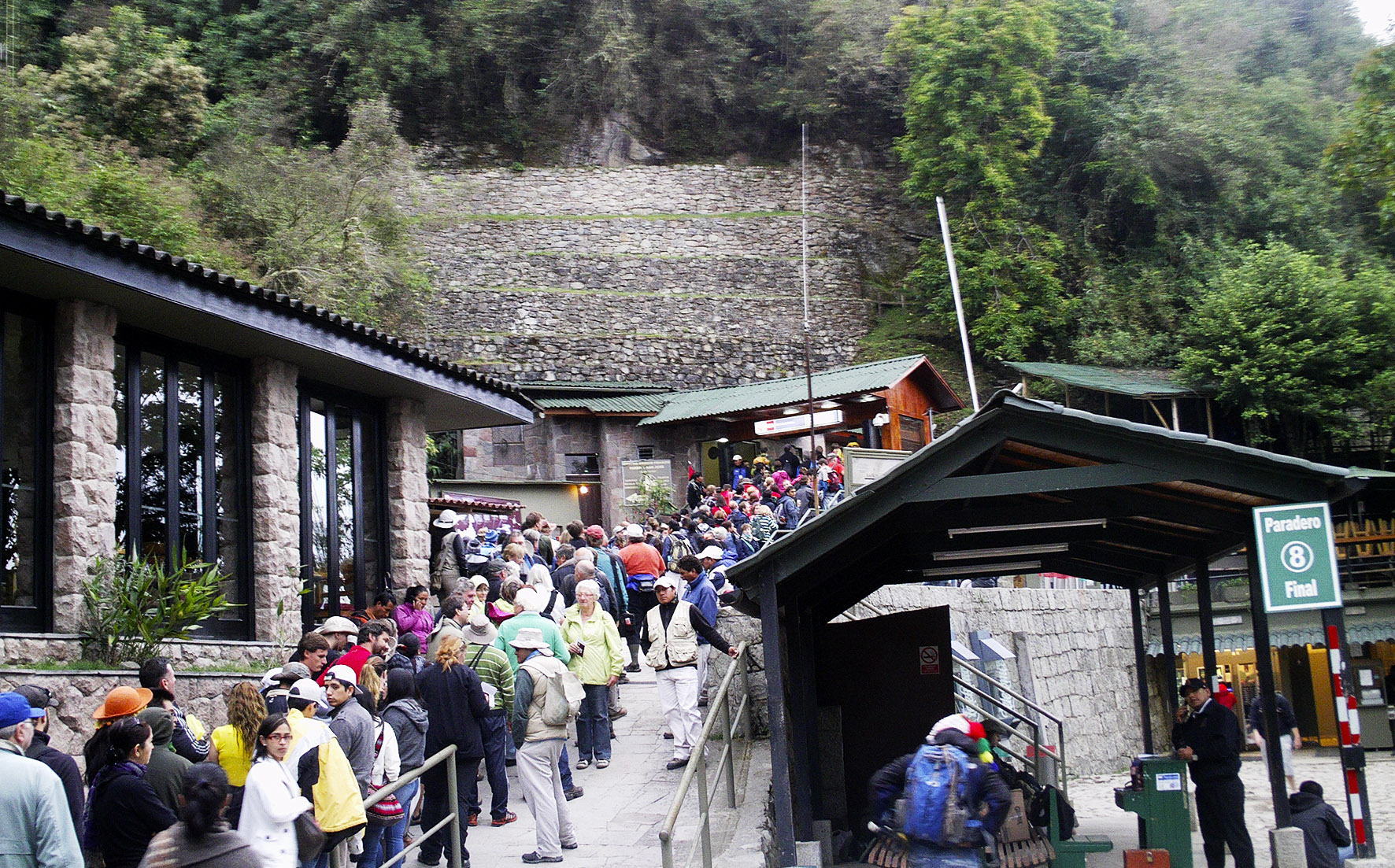
Machu Picchu entry tickets
Before this new law, Machu Picchu received a maximum of 2,500 visitors per day, but in reality the number of visitors each day was much higher considering the different ticket combinations sold to tourists. To overcome this problem and to preserve the integrity of this charming archeological site, it was necessary to implement this new rules. So as of July 2017, there are two entrance times available for visiting Machu Picchu:
1. From 6:00 am to 12:00 pm
2. From 12:00 pm to 5:30 pm
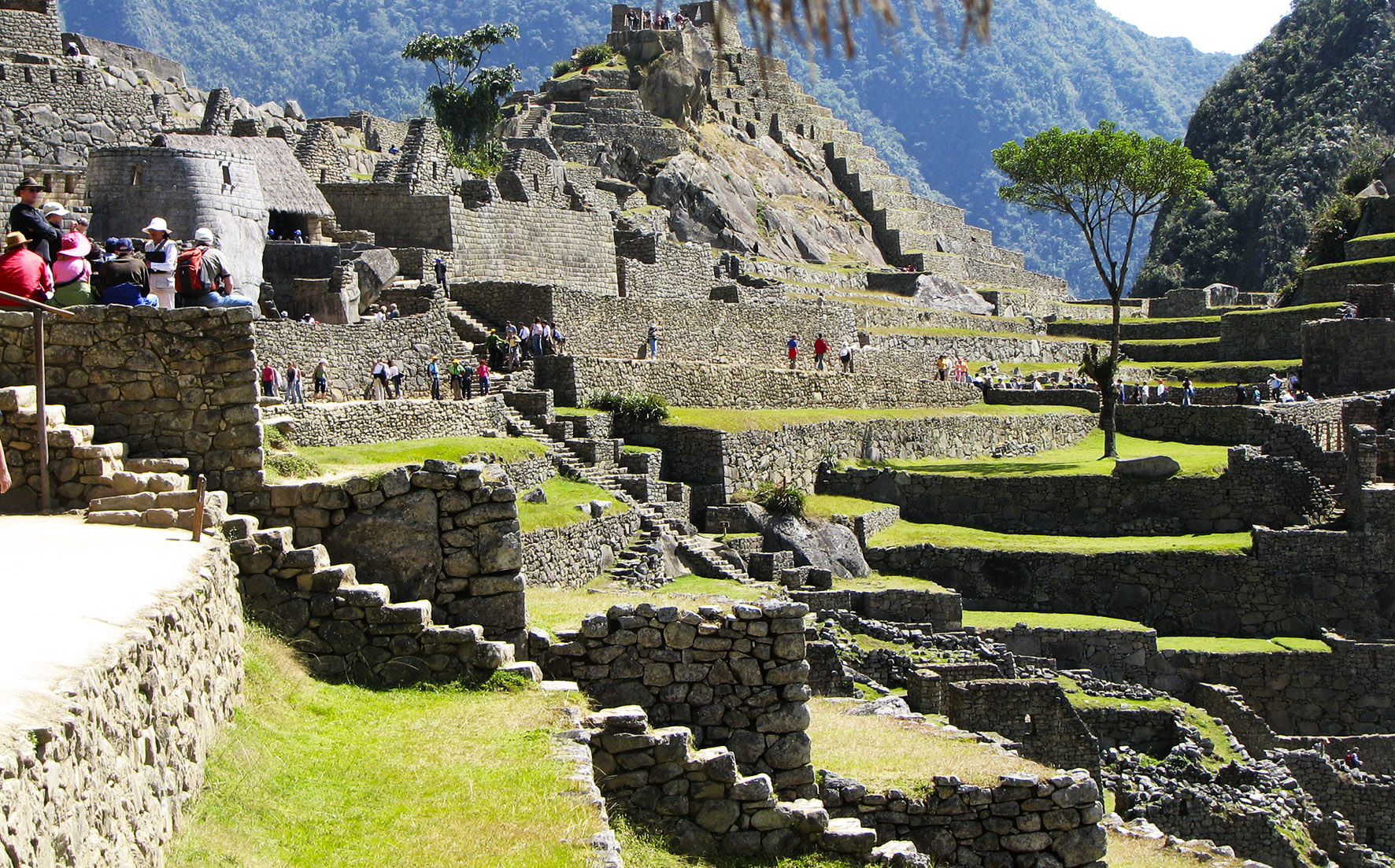
So passengers need to take in account that they have four hours to visit the citadel from the moment of the entrance. For instance if you enter Machu Picchu at 10:00 am you can stay until 2:00 pm, no more than this. Also consider that for the second slot the entrance is allowed until 4:00 pm, after this time you cannot enter the site anymore and you basically loose your entry ticket. The maximum amount of people allowed during the first slot is 1,200 and during the second slot is 1300, for a total amount of 2,500 people per day.
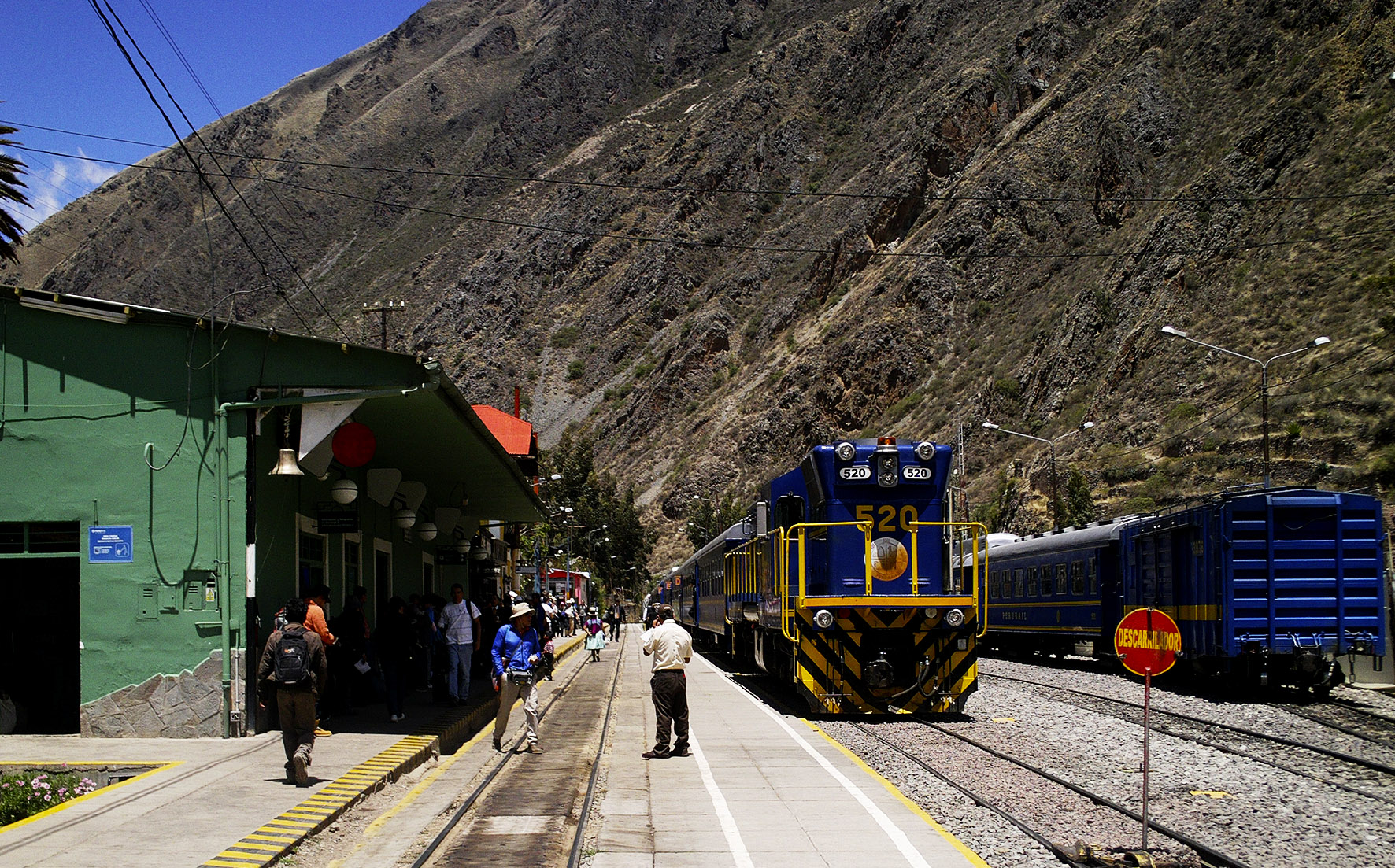
What should you consider when choosing your entrance time to the citadel? Here some factors you should definitely take in account that can influence your decision:
- Your train’s arrival time to Aguas Calientes.
- The waiting time to get on the bus to Machu Picchu. Have in mind that you could stay in line for an average time of one hour-one hour and half depending on the season. During high season you most likely will wait 1 hour and half.
- The bus ride to Machu Pichu, which lasts about half an hour.
As for the bus to the citadel, the first one leaves at 5:30 am, and there’s a bus every 30 minutes leaving from Aguas Calientes. If you want to see the dawn from the citadel, take in mind that people get to the bus stop at 3:00 am to take the 5:30 am bus, so you should be there very early to do your queue.
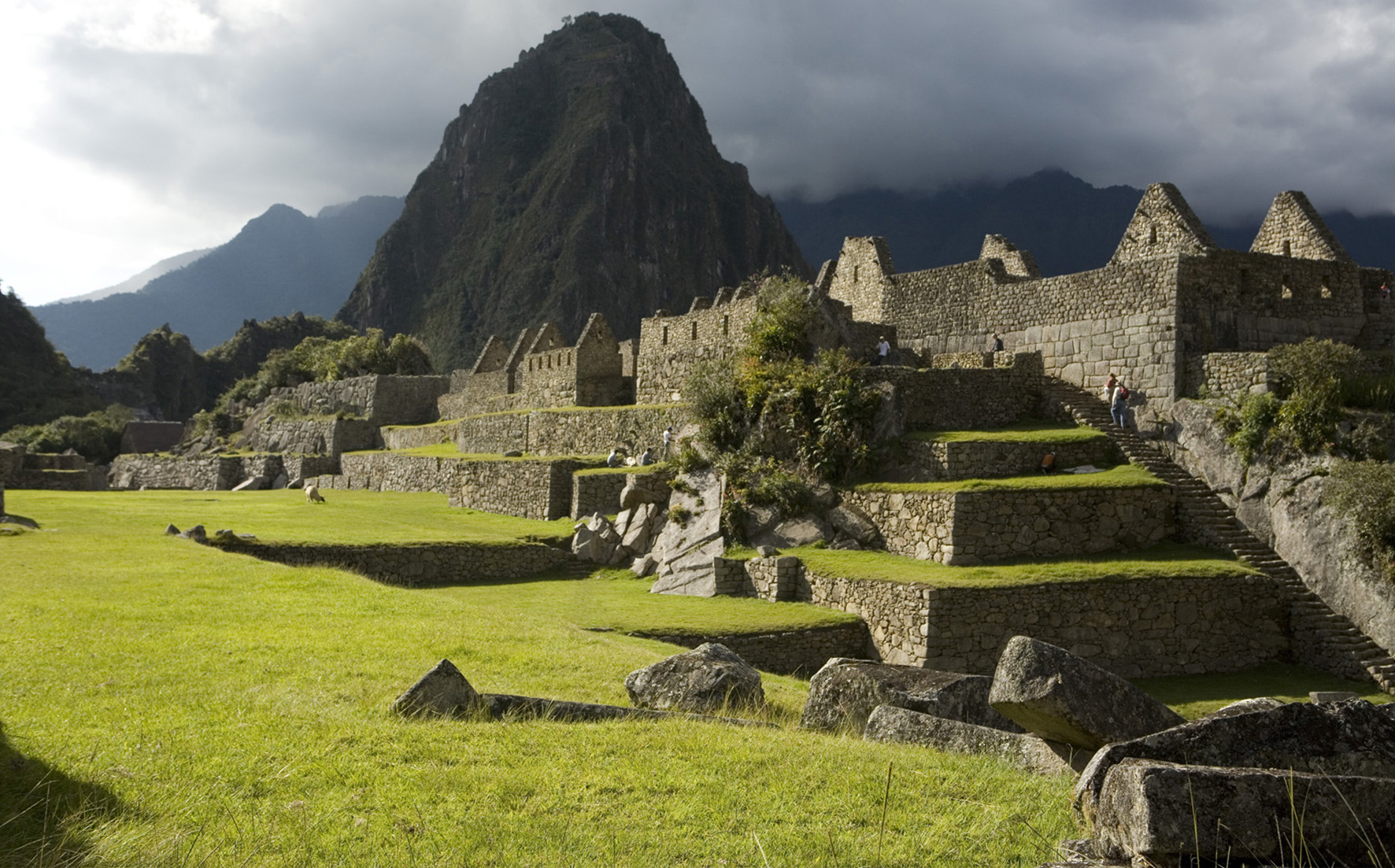
Another question I usually receive is: “Is it mandatory to visit Machu Picchu with a tour guide?” Yes, it is mandatory for Peruvians and foreigners. There’s also the possibility to get a two-day ticket to the citadel, in this case it is mandatory to visit the site with a guide only for the first day. The second day you can visit Machu Picchu on your own. A guide can be assigned to a group of macxmum 16 people, for instance if you are 20 people you have to opt for two different tour guides. Tous guides offer two different services:
1. Half-day tour, which includes 2 hours or 2 hours and half guided tour.
2. Full-day Tour, which includes 4 horus or 4 hours and half guided tour.
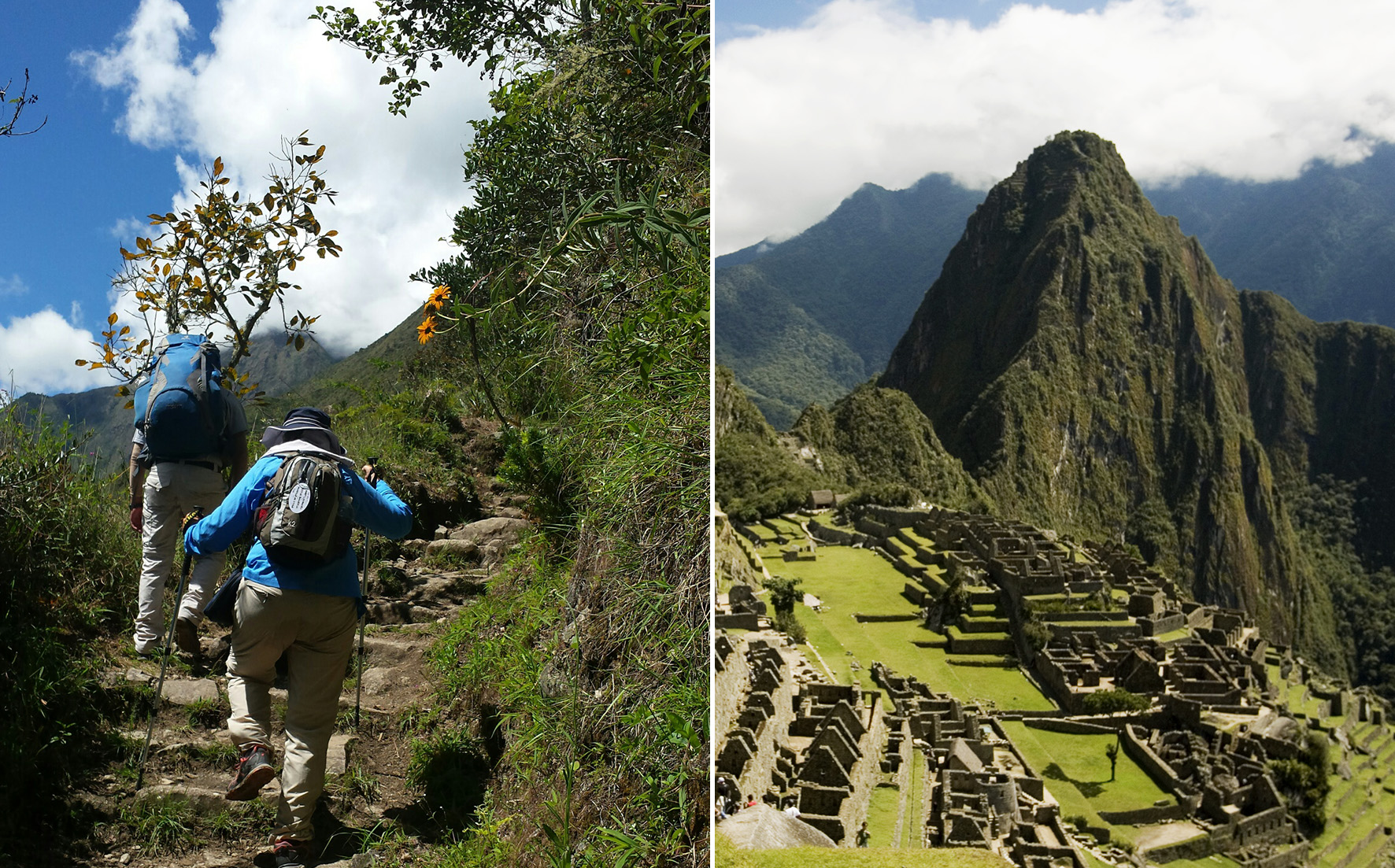
Huaynapicchu Entry Tickets
Also in ths case there are two time slots to visit Huaynapicchu:
1. From 7:00 am to 8:00 am: you are allow to climb the peak of Huaynapicchu, visit the “Gran Caverna”, most commonly known as the Temple of the Moon (Templo de la Luna in Spanish) and enjoy a visit to Machu Picchu citadel. The hike lasts approximately 3 hours, but if you are a pro hiker you can do it more quickly. If you want to visit the Temple of the Moon, consider an extra hour for your visit. Once you hike the Huaynapicchu you have 3 hours available to visit the citadel. This Huaynapicchu entry ticket will allow you to stay in the archeological site for 7 hours in total.
2. From 10:00 am to 11:00 am: this ticket does not allow you to visit the Temple of the Moon, but after the hike you can visit the citadel as well. This Huaynapicchu entry ticket will allow you to stay in the site for a total of 6 hours.
The maximum amount of people for each time entrance is 200, for a total amount of 400 people per day.
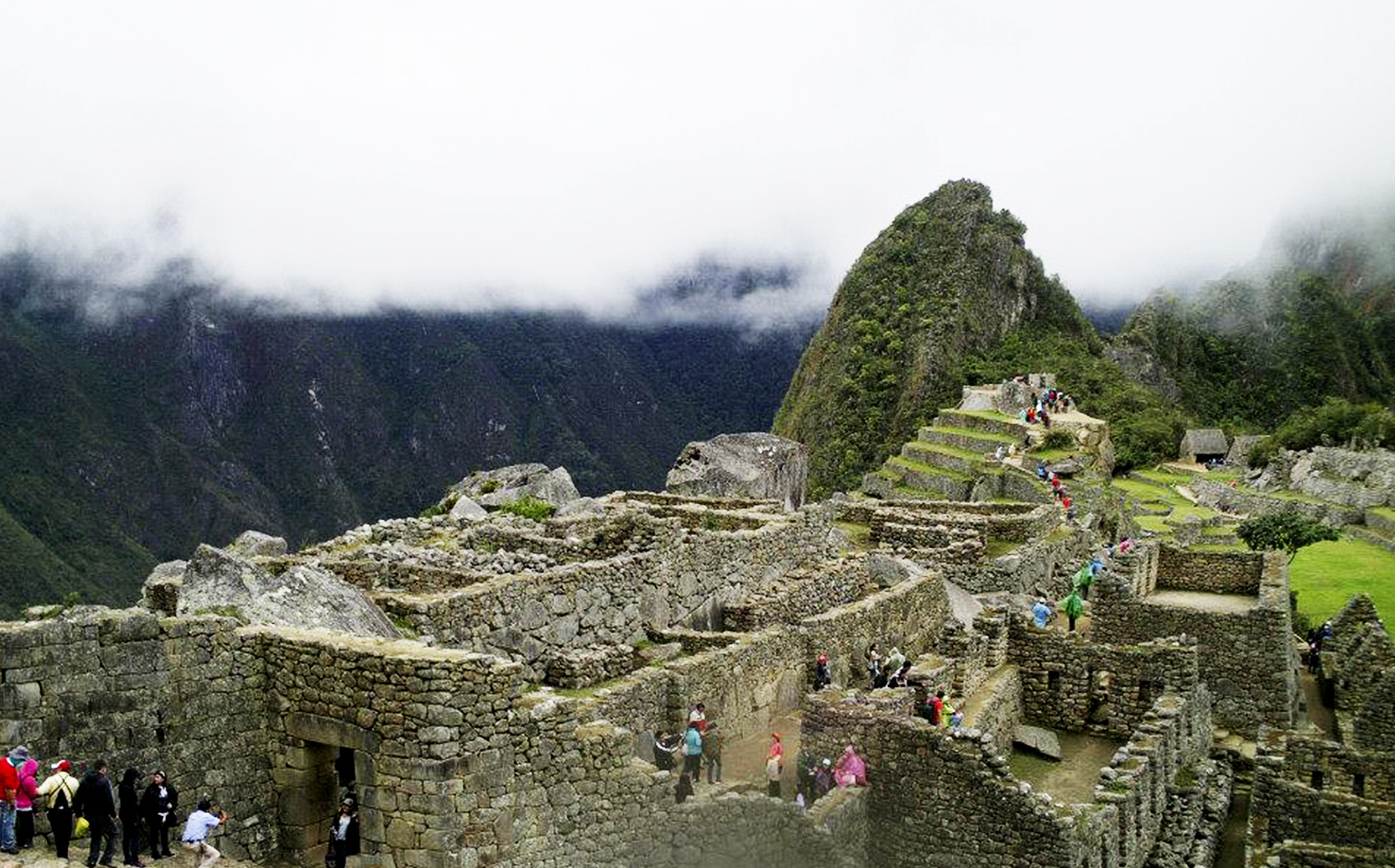
Machu Picchu Montaña Entry Tickets
Also in this case there are two time slots:
1. From 7:00 am to 8:00 am
2. From 9:00 am to 10:00 am
This hike is a bit longer than the Huaynapicchu one, you have a total of 5 hours available to finalize it. Just consider that to get there you need approximately 2 hours and then you should consider the same time to get at the bottom of the mountain. This way you have almost one hour to stay on the top of the mountain and enjoy the wonderful view. After this visit you have 3 hours to explore the Machu Picchu citadel, so in total you have 8 hours available. The maximum amount of people for each time entrance is of 400, for a total amount of 800 people per day.
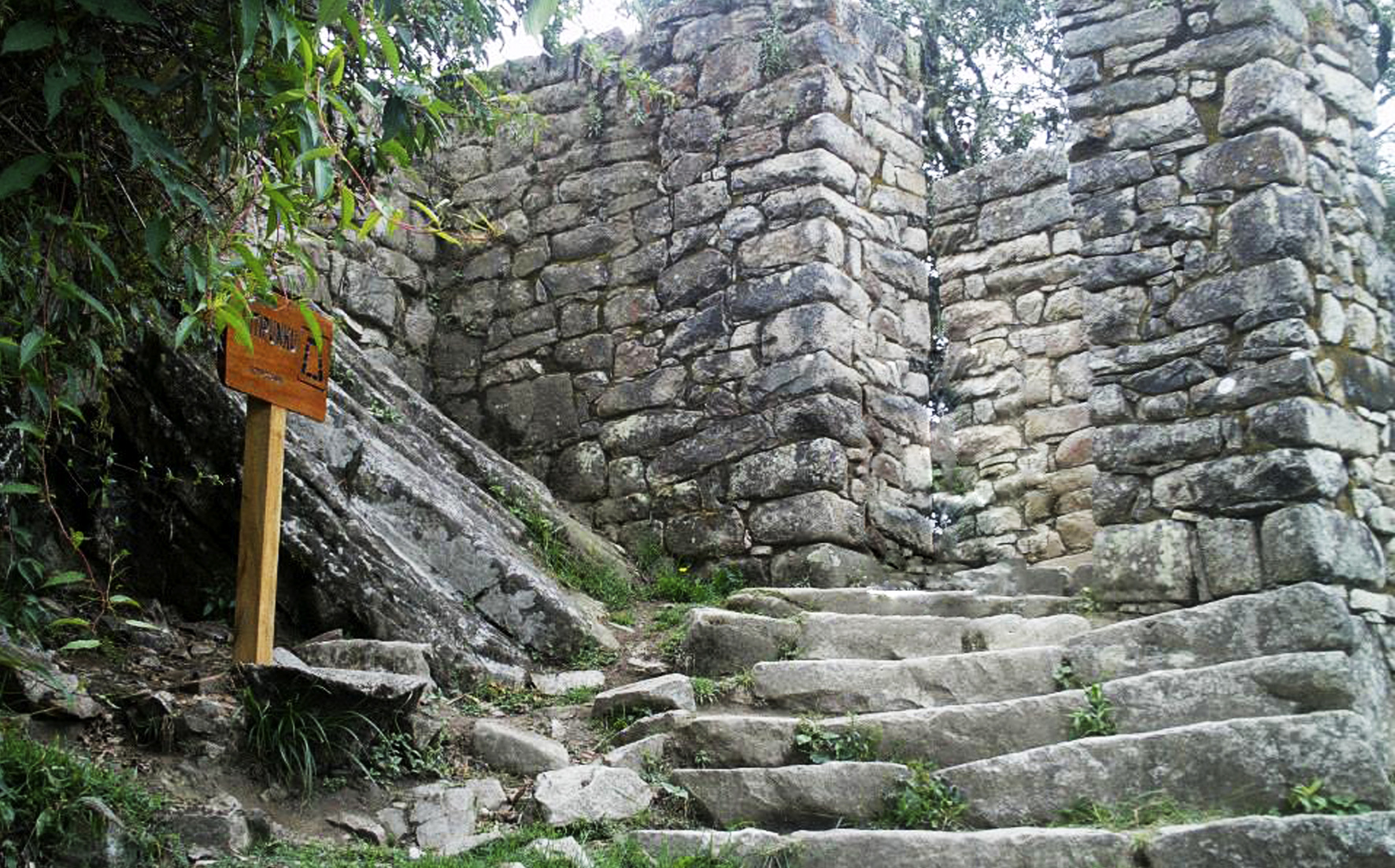 Intipunku Entry Tickets
Intipunku Entry Tickets
You can visit the Intipunku, also known as the Sun Gate (Puerta del Sol in Spanish), buying any of the above mentioned entry tickets (Machu Picchu, Huaynapicchu, Machu Picchu Montaña). The hike lasts aproximately 2 hours-2 hours and half. If you buy the general Machu Picchu Entry Ticket consider that you will have only two hours to visit the citadel after the visit to the Intipunku since you can just stay on the site a total of 4 hours, as I mentioned before. We usually recommend to buy the Huaynapicchu or Machu Picchu Montaña Entry Ticket if you want to visit the Intipunku and after that you have about 3 hours to explore the citadel.
I hope that everything is clear now and that this information can help you choose your entry ticket option for visiting the Machu Picchu citadel and help you understand the new regulations.

